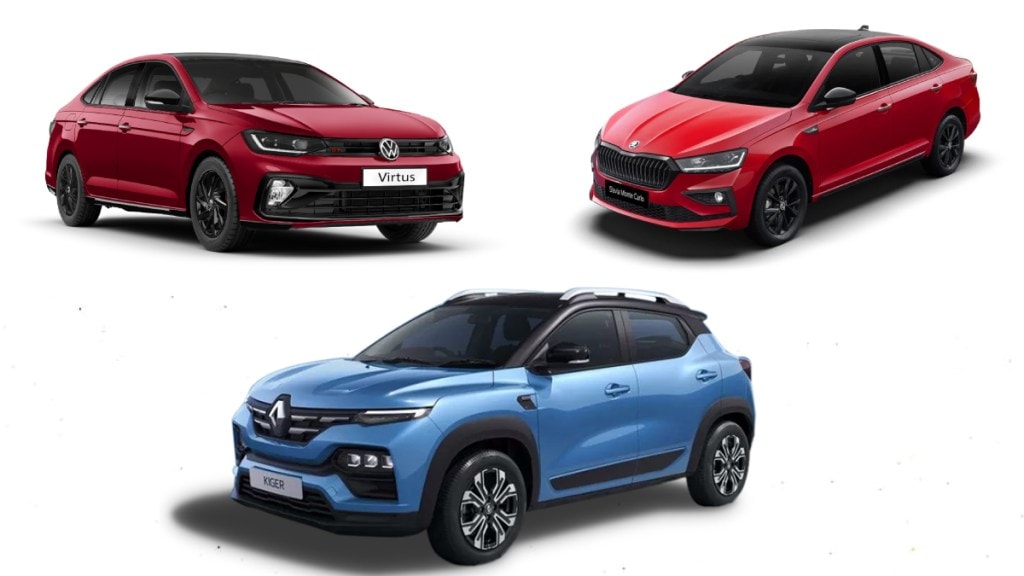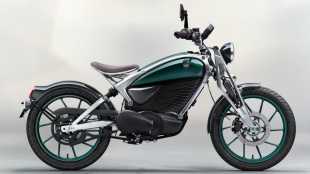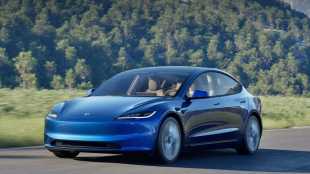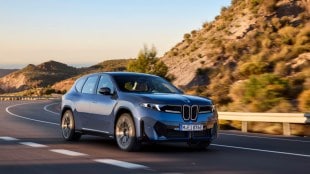Despite years of presence in India, European mass-market carmakers Renault, Volkswagen, and Skoda continue to face significant challenges in expanding their footprint in the country. According to recent industry data, these brands have witnessed a decline in sales over the past three financial years, highlighting persistent obstacles in tapping into one of the world’s fastest-growing automotive markets.
Sales Figures Reflect a Downward Trend
According to JATO Dynamics, a leading automotive data and analytics firm, paints a concerning picture for these European players. Renault registered the steepest decline, with sales dropping from 78,926 units in FY 2022-23 to 45,439 units in FY 2023-24, and further down to 37,900 units in FY 2024-25. Skoda, while managing a marginal increase from 44,522 units in FY 2023-24 to 44,866 units in FY 2024-25, still fell short compared to 52,269 units sold in FY 2022-23.
Volkswagen reported sales of 42,230 units in FY 2024-25, down from 43,197 units the previous year and only slightly above 41,263 units sold in FY 2022-23. Commenting on the trend, JATO Dynamics India President Ravi G Bhatia said, “Renault, Skoda, and Volkswagen faced several headwinds in India despite their tenure.”
Key Challenges Hampering Growth
Multiple factors have contributed to the sluggish performance of these European brands. Bhatia noted that their initial focus on sedans, including models like the Volkswagen Vento, Skoda Rapid, and Renault Scala, limited their competitiveness in India’s rapidly growing SUV segment. “They were slower in refreshing product lines, with many models remaining unchanged over extended periods. Network reach has also remained narrow, particularly in Tier 2 and Tier 3 markets, restricting access to a broader audience,” Bhatia explained.
Furthermore, India’s unique tax structure poses additional hurdles. The country offers significant tax benefits to manufacturers producing compact vehicles under 4 meters in length and with smaller engine capacities. Petrol, CNG, and LPG vehicles within these specifications attract a lower GST of 28 percent and minimal compensation cess. In contrast, larger vehicles face much higher taxes, with SUVs above 4 meters in length and 1,500 cc engine size attracting up to 50 percent in combined taxes and cess.
“Japanese and Korean OEMs, known for cost-effective compact models, have benefited greatly from this structure. European brands, traditionally building larger, more premium models, have struggled to adapt and price competitively within these limits,” Bhatia added.
Path Ahead: Adaptation and Realignment
In contrast to their European counterparts, domestic players like Tata Motors and Mahindra, along with Japanese giant Maruti Suzuki, have captured significant market share through high localisation, frequent product updates, and early adoption of alternative fuel technologies such as CNG, hybrids, and battery electric vehicles (BEVs).
However, there are early signs of strategic shifts among the European carmakers. Skoda’s recent launch of the Kylaq, a subcompact SUV specifically designed for the Indian market, signals a potential course correction. “The future may lie in leveraging India not only as a manufacturing and export hub but also as an R&D centre, while focusing on cost-competitive, under-4-metre platforms,” Bhatia noted.
With thoughtful localisation, timely product refreshes, and expansion into compact vehicle segments, European brands still have the potential to carve a sustainable niche in India’s dynamic automotive landscape. However, only time will tell if they are able to come out of this current rot which doesn’t look favourable in any way.
With inputs from PTI




















